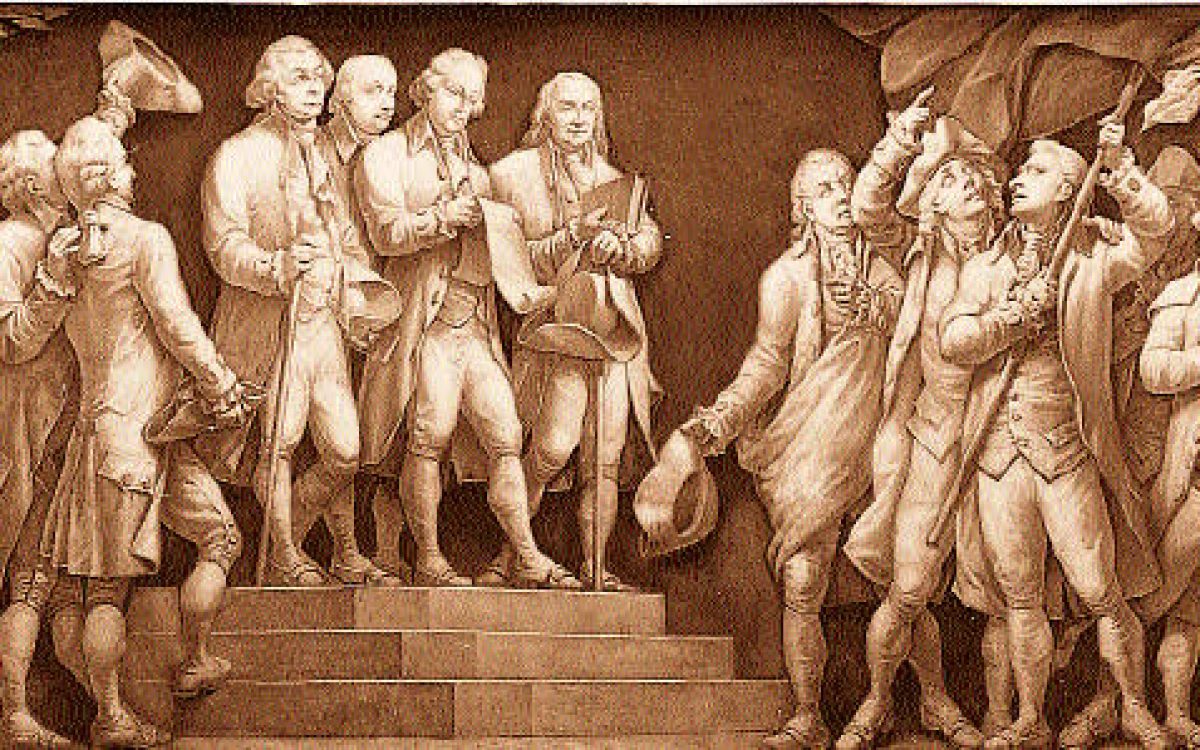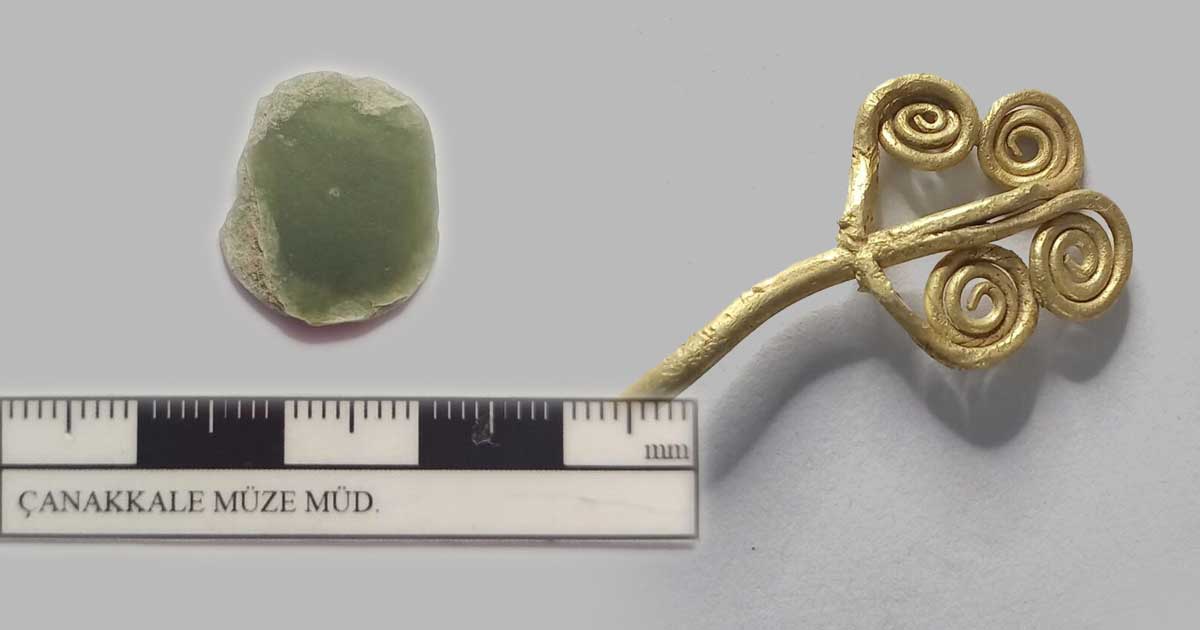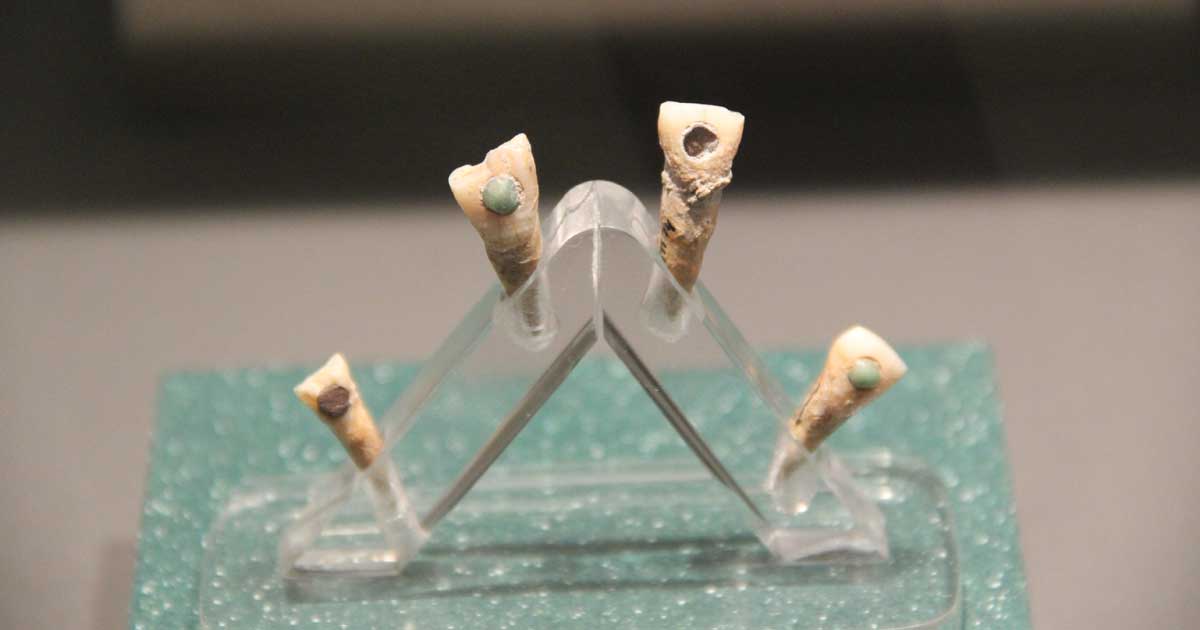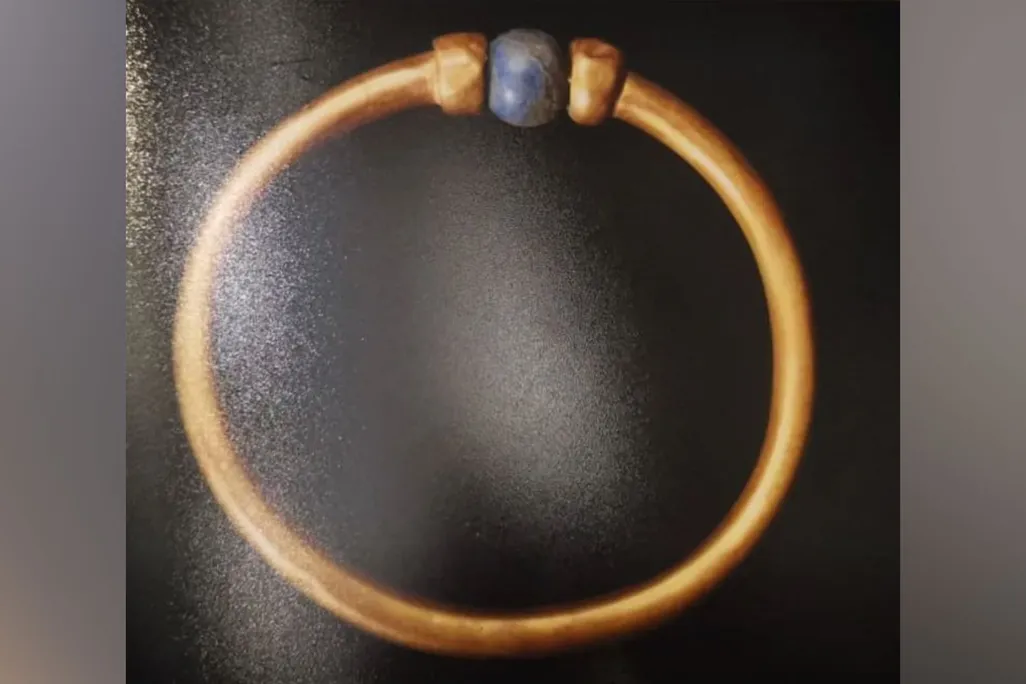Happy Independence Day, everyone. The American Revolution wasn’t just a game-changing moment in US history. It was furthermore a catalyst for the modern world stage’s transformation. The key figures who emerged from this time period didn’t just fight for independence—they also shaped the future of governance, diplomacy, human rights and even innovative progress across the world as a whole.
Let’s explore the lives and legacies of these revolutionary legends as we discover how their contributions resonate in present-day societies.
George Washington: The Reluctant General Turned Global Icon
Imagine a man who didn’t seek power but was thrust into the role of commander-in-chief by the sheer force of his personality. George Washington’s impressive leadership in the Continental Army was vital in achieving American independence. As the first President of the United States, he set a powerful example by voluntarily stepping down after two terms, demonstrating that the transition of power could be done in a peaceful manner.
This bold move not only defined the future of American democracy but also inspired other leaders like Francisco de Miranda and Simón Bolívar, who drew from Washington’s example in their struggles for freedom and democratic reform in Latin America to become free from the Spanish Empire. While Washington’s legacy is marked by complexities—his role as a slave owner and his initial resistance to ending slavery reflect the contradictions of his era—his contributions to democracy and global governance remain significant. His leadership and principles continue to influence modern societies, serving as a reminder of the enduring quest for freedom and justice.
Thomas Jefferson: The Pen That Sparked Revolutions
Thomas Jefferson’s eloquence in the Declaration of Independence captured the Enlightenment ideals of liberty, equality and self-governance. These words were not just a call to arms for the colonies—they became a manifesto for oppressed peoples worldwide. Though Jefferson was in France during the Constitutional Convention, his vision of a government by the people and for the people influenced the drafting of the Constitution which fueled democratic movements on European and Latin American soil.
Yet, Jefferson’s legacy is marked by a haunting contradiction: while he advocated for revolutionary principles, he also owned slaves, embodying the moral complexities of his time. This duality reflects the broader historical struggle between his pioneering contributions to democracy and the ongoing challenge of addressing the injustices of his time. Despite these contradictions, Jefferson’s ideals of freedom and self-governance continue to inspire and fuel democratic aspirations today. Reminding us of the enduring power of visionary ideals and the shared journey toward justice and equality.
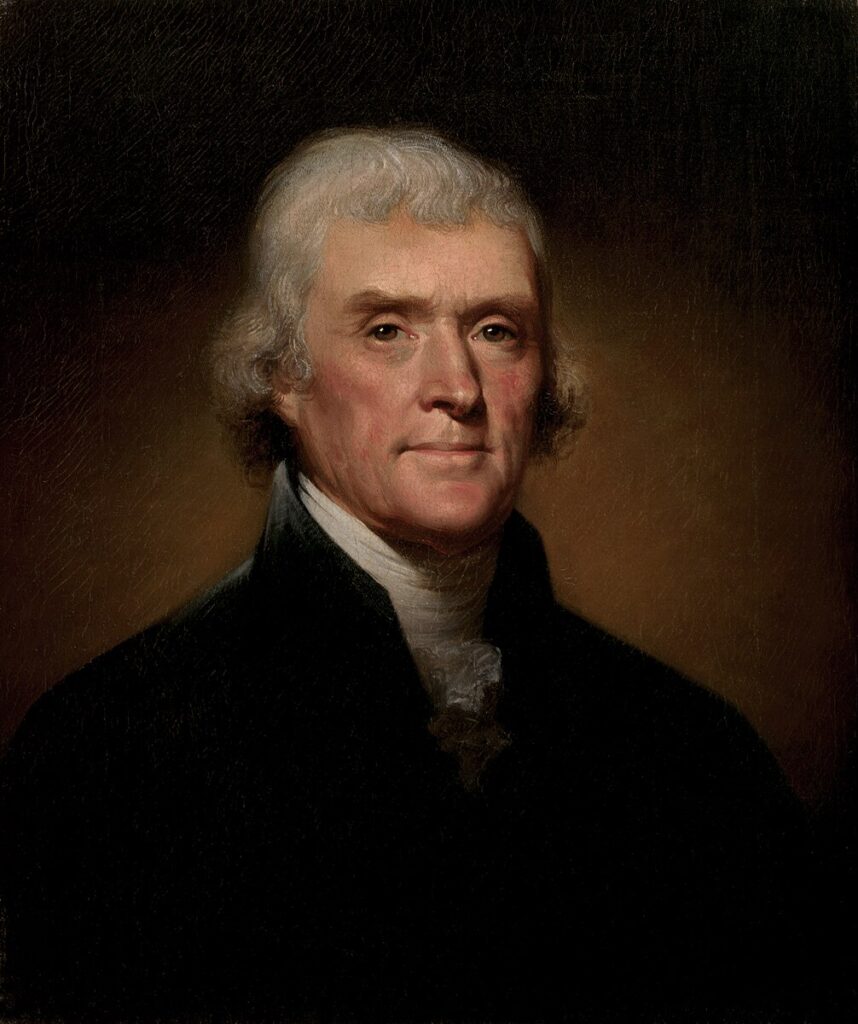
Benjamin Franklin: The Polymath Who Piloted Progress
With his wit and genius intellect, Benjamin Franklin was a maestro statesman. His diplomatic efforts in France were crucial in securing the military alliance that contributed to winning the American Revolutionary War. Franklin also played a key role at the Constitutional Convention, aiding in the creation of the US Constitution, which laid the foundations for modern governance. Although he owned slaves in his early life, Franklin’s views evolved in a dramatic and mature change of thought.
In his later years, Franklin denounced slavery and became a vehement advocate for abolition. His commitment led him to call for the end of the slave trade, serve as president of the Pennsylvania Abolition Society, and work towards the gradual abolition of slavery. Thereby advancing the cause of emancipation and racial equality. Franklin was also a master inventor whose innovations, such as the lightning rod, improved living conditions and saved lives. His scientific achievements and intellectual pursuits fostered a spirit of inquiry and curiosity that shaped American innovation — one that continues to inspire progress worldwide.
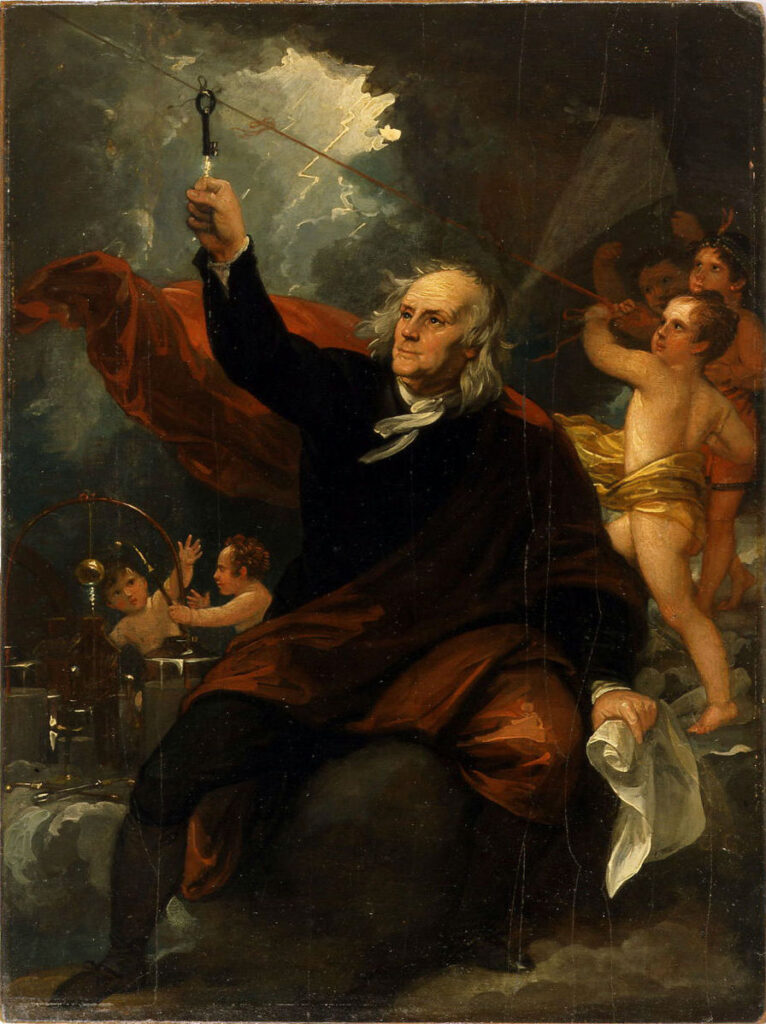
John Adams: The Architect of Independence
John Adams was a passionate advocate of liberty who played a great role in igniting the flames of revolution and in crafting the Declaration of Independence. As a master diplomat, Adams secured essential loans and alliances—especially with the Dutch—that sustained the fledgling United States during its struggle. His innovative political theories and dedication to the rule of law deeply influenced the drafting of the US Constitution, embedding principles of separation of powers and checks and balances that became a global model.
Adams’ vision extended beyond America’s borders, inspiring democratic frameworks in countries as diverse as post-revolutionary France and the newly independent Latin American states. His progressive stance on slavery, advocating for gradual abolition, highlighted his commitment to justice and equality. John Adams’ legacy is not only a cornerstone of American democracy but one that influences global governance on a profound level. Demonstrating the enduring power of principled leadership and visionary ideas.
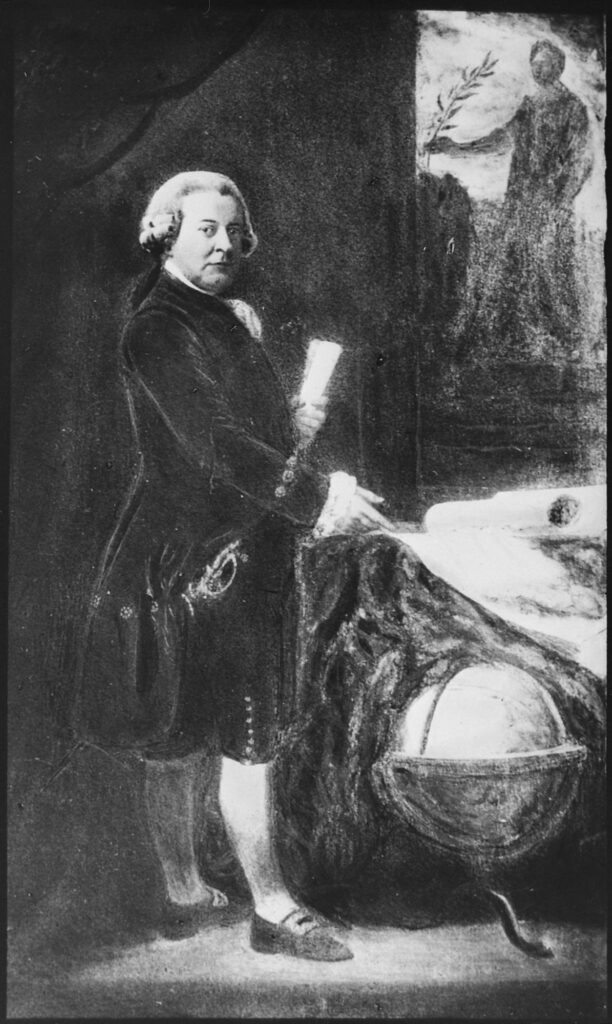
Alexander Hamilton: The Financial Visionary
Alexander Hamilton laid the bedrock for America’s economic system. He crafted the national bank and introduced financial policies that stabilized the fledgling nation and were later woven into the Constitution. His vision for a strong central bank and sound public credit didn’t just anchor the American economy. It also set a precedent that would influence financial systems around the world.
Nations looking to modernize their economies drew from Hamilton’s innovative ideas, which have helped shape global financial stability. However, Hamilton’s story is multifaceted. His fierce political rivalries, notably with Thomas Jefferson, and his tragic duel with Aaron Burr, mark the chaotic peaks of his career. While his contributions to economic policy are celebrated, his limited efforts toward abolition highlight the complexities of his legacy. His legacy, however, still endures as it shows how one man’s bold ideas can transform national economies and international finance on a massive scale.

Marquis de Lafayette: The French Connection
The Marquis de Lafayette’s dedication to the American Revolution and his role in the French Revolution highlight the deep connections between revolutionary ideals across the Atlantic. Although he did not directly contribute to drafting the US Constitution, Lafayette’s unwavering commitment to liberty and democratic governance was shaped by his American experiences on a personal level. His strong advocacy for democratic principles fueled the French Revolution, which in turn sparked a broader wave of reform and independence movements across Europe and Latin America.
However, Lafayette’s influence was not without limitations; his attempts to mediate between radical factions and his more moderate vision during the French Revolution often faced challenges. Plus, his earlier ownership of slaves stands as a stark reminder of the prevailing injustices of his time, despite his later efforts to advocate for abolition. Yet even with these complexities, Lafayette’s vision of a republic guided by democratic principles left a memorable mark on modern democratic systems worldwide. His legacy shows how ideals of liberty can inspire great change, even as they navigate the challenges and contradictions of their eras.

Thomas Paine: The Voice of the People
Thomas Paine ignited the American revolutionary spirit with his passionate pamphlet Common Sense. His powerful arguments for freedom and democratic governance resonated the hearts of many, influencing the American Revolution and inspiring oppressed peoples worldwide. Though Paine’s later works and radical views—including his critiques of organized religion and support for extreme measures during the French Revolution—cast shadows over his legacy, his influence still endures the tests of time.
His advocacy for democratic ideals and human rights helped lay the groundwork for modern democratic movements and social reforms. Even today, Paine’s writings continue to inspire activists and reformers on their quest for democracy and human rights.

Long-Lasting Legacy
Together, these men inspired the intellectual, revolutionary and practical foundations that the United States Constitution was built upon, thus enabling a vital role in the creation of a new nation governed by the rule of law. While not all of the above mentioned figures were present in the making of the Constitution, each man had ideals and philosophies that breathed life into its structure and formation.
The United States Constitution—signed on September 17, 1787—sparked a ripple across the world by redefining governance; replacing monarchical rule with government by popular consent and rule of law. By the mid-19th century, emerging nations looked up to the United States model to form their own democracies. World leaders like Mexico’s Benito Juarez, the Philippines’ Jose Rizal, and China’s Sun Yat-sen drew from the Constitution’s principles to push for judicial review, basic freedoms and representative governance. Latin American countries and other nascent independent states also adopted the United States model’s framework during the reshaping of their governments.
Though the Constitution’s influence has declined in recent decades as new generations grow over time, its role in championing democratic ideals and transforming legal systems worldwide away from old tyrannical systems remains a powerful legacy. Due to its historic impact, the US Constitution still maintains the adoration and respect from the multitudes of people who remember it as their nurturing beacon during periods of turmoil.
The American Revolution was not just a struggle for independence; it also emerged as a powerful symbol of hope and a guiding light for many future democracies. The key figures of this era were very important not only in shaping American history but also in leaving a profound impact on the world at large. Though their legacies are marked by imperfections and complexities that haunt their reputation, their visionary leadership and enduring ideals have managed to cross borders, sparking uplifting movements for freedom and justice around the world.
Their contributions still continue to inspire nations and cultures striving for democratic principles and human rights, showcasing the lasting influence of their transformative ideas. By examining these revolutionary leaders through a global perspective, we recognize their great influence on modern society and their role in advancing human rights and fair governance. Their legacies highlight the steadfast might of visionary leadership and the universal pursuit of liberty, reminding us of our collective potential for positive change.
Top Image: “Declaration of Independence” by Filippo Costaggini (1877). Source: Public Domain
References
- Kratz, Jessie. “Global Influence of the U.S. Constitution.” Pieces of History, National Archives, 17 Sept. 2021, https://prologue.blogs.archives.gov/2021/09/17/global-influence-of-the-u-s-constitution/.
- Ramírez de Arellano, Susanne. “Francisco De Miranda, the Latino Who Gave His Life for Freedom.” Nuestro Stories, 13 July 2022, nuestrostories.com/2022/07/francisco-de-miranda-freedom/.
- Fuller, John. “What Did Benjamin Franklin Invent? Much More Than Bifocals.” How Stuff Works, 20 Oct. 2023, science.howstuffworks.com/innovation/famous-inventors/10-ben-franklin-inventions.htm.

